Ceramic vs Teflon Coatings for Rice Cooker: Which One is Better?
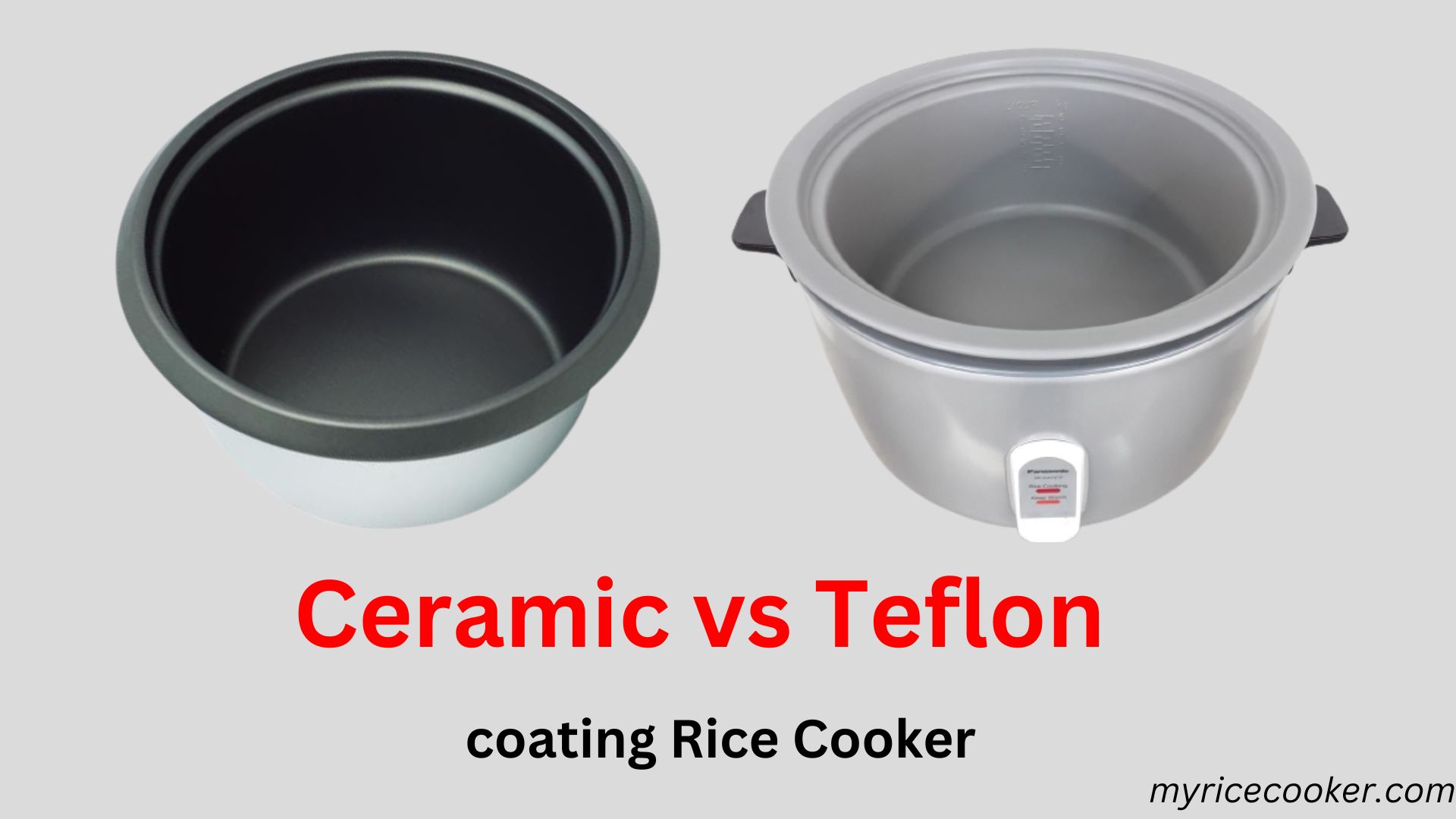
Rice cookers are one of the most convenient and versatile kitchen appliances that can help you prepare delicious and fluffy rice with minimal effort. However, not all rice cookers are created equal. One of the most important factors that affect the quality and performance of a rice cooker is the material of its inner pot.
The inner pot is the part of the rice cooker that comes in direct contact with the rice and water. It is responsible for heating, cooking, and keeping the rice warm. Therefore, the material of the inner pot can influence the taste, texture, health, and ease of cleaning of your rice.
There are many types of materials used for rice cooker inner pots, but two of the most popular ones are ceramic and Teflon. Ceramic and Teflon are both non-stick coatings that prevent the rice from sticking to the pot and make it easy to clean. However, they also have some differences that might make you prefer one over the other.
In this article, we will compare ceramic and Teflon coatings for rice cooker inner pots in terms of their safety, performance, durability, and price. We will also provide some tips on how to choose the best rice cooker for your needs and preferences.
Contents
- Safety
- Performance
- Durability
- Price
- How to Choose the Best Rice Cooker for You
- Ceramic Coating
- Pros of Ceramic Coating:
- Cons of Ceramic Coating:
- Teflon Coating
- Pros of Teflon Coating:
- Cons of Teflon Coating:
- Conclusion
- Can you put aluminum foil in an air fryer?
- Is an expensive rice cooker worth it?
- What size rice cooker is best?
Safety
One of the main concerns that people have when choosing a rice cooker is whether the material of the inner pot is safe for their health. Some materials might contain harmful chemicals or toxins that can leach into the food or release fumes when heated.
Ceramic is a natural material that is made from clay and minerals. It does not contain any metals or synthetic substances that can pose a health risk. Ceramic is also non-reactive, which means that it does not react with acidic or alkaline foods and alter their flavor or nutritional value.
Teflon is a synthetic material that is made from polytetrafluoroethylene (PTFE), a type of plastic. It is widely used as a non-stick coating for cookware because of its low friction and high resistance to heat and corrosion. However, Teflon has also been associated with some health issues in the past.
Before 2013, Teflon was processed with a chemical called perfluorooctanoic acid (PFOA), which was suspected of causing cancer and other diseases in humans and animals. However, since then, all Teflon cookware is PFOA-free and meets the safety standards set by the US Food and Drug Administration (FDA).
Another concern with Teflon is that it can release toxic fumes when overheated above 500 degrees Fahrenheit (260 degrees Celsius). These fumes can cause flu-like symptoms in humans and can be fatal to birds. However, this is unlikely to happen with a rice cooker, as most models do not reach such high temperatures.
According to the American Cancer Society, there are no known risks to humans from using Teflon-coated cookware. However, some people might still prefer to avoid it for personal or environmental reasons.
Performance
Another factor that affects the quality of a rice cooker is how well it cooks and keeps the rice. The material of the inner pot can influence the heat distribution, cooking time, water absorption, and moisture retention of the rice.
Ceramic pots heat up slowly but evenly, which results in uniform cooking and fluffy rice. Ceramic pots also retain heat well, which keeps the rice warm for longer without drying out or burning. However, ceramic pots might take longer to cook than other materials, as they require more water and energy to reach the optimal temperature.
Teflon pots heat up quickly and efficiently, which reduces the cooking time and saves energy. Teflon pots also release food easily, which prevents the rice from sticking or clumping together. However, Teflon pots might not distribute heat as evenly as ceramic pots, which can lead to uneven cooking or hot spots. Teflon pots also lose heat faster than ceramic pots, which can affect the warmth and texture of the rice.
Durability
Another aspect that affects the value of a rice cooker is how long it lasts and how easy it is to maintain. The material of the inner pot can influence its resistance to scratches, dents, stains, rust, and corrosion.
Ceramic pots are durable and sturdy, as they are made from hard and dense materials. They do not scratch or dent easily, which preserves their appearance and performance. They also do not stain or rust, which makes them easy to clean and store. However, ceramic pots are also fragile and brittle, which means that they can crack or chip if dropped or mishandled.
Teflon pots are lightweight and flexible, as they are made from thin and soft materials. They do not crack or chip easily, which makes them more resilient to shocks and impacts. They also do not stain or rust, which makes them easy to clean and store. However, Teflon pots are also prone to scratches and dents, which can damage their non-stick coating and affect their performance. Scratched or chipped Teflon pots can also expose the metal base, which can react with food or release harmful substances.
Price
Another factor that affects the choice of a rice cooker is how much it costs and how well it fits your budget. The material of the inner pot can influence the price of the rice cooker, as well as its quality and features.
Ceramic pots are generally more expensive than Teflon pots, as they are made from natural and high-quality materials. They also offer better performance and durability, which can justify their higher price. However, ceramic pots might not be affordable for everyone, especially if they are looking for a simple and basic rice cooker.
Teflon pots are generally cheaper than ceramic pots, as they are made from synthetic and low-cost materials. They also offer decent performance and durability, which can satisfy most users. However, Teflon pots might not be worth it for everyone, especially if they are looking for a healthy and eco-friendly rice cooker.
How to Choose the Best Rice Cooker for You
As you can see, ceramic and Teflon coatings for rice cooker inner pots have their own advantages and disadvantages. There is no definitive answer to which one is better, as it depends on your personal preferences and needs.
To help you choose the best rice cooker for you, here are some questions that you can ask yourself:
How often do you cook rice and how much do you need?
If you cook rice frequently and in large quantities, you might want a durable and efficient rice cooker that can handle your demand. Ceramic pots might be a better option for you, as they offer more even and consistent cooking and longer heat retention. However, if you cook rice occasionally and in small portions, you might want a simple and quick rice cooker that can suit your needs. Teflon pots might be a better option for you, as they offer faster and easier cooking and cleaning.
How concerned are you about the health and environmental impact of your rice cooker?
If you are health-conscious and eco-friendly, you might want a safe and natural rice cooker that does not contain any harmful chemicals or toxins. Ceramic pots might be a better option for you, as they are free from metals and synthetic substances. However, if you are not too worried about the safety and sustainability of your rice cooker, you might want a practical and convenient rice cooker that meets the safety standards. Teflon pots might be a better option for you, as they are PFOA-free and pose no significant health risk.
How much are you willing to spend on your rice cooker?
If you have a high budget and want a premium and long-lasting rice cooker that can offer superior performance and durability, ceramic pots might be a better option for you, as they are made from high-quality materials and offer better results. However, if you have a low budget and want an affordable and decent rice cooker that can offer satisfactory performance and durability, Teflon pots might be a better option for you, as they are made from low-cost materials and offer reasonable results.
When it comes to choosing a rice cooker, one of the most important factors to consider is the type of coating used on the cooking pot. Two of the most common coatings are ceramic and Teflon (or non-stick) coatings. Each type of coating has its own pros and cons, and understanding the differences can help you choose the right rice cooker for your needs, Let’s start about about Ceramic vs Teflon coating.
Ceramic Coating
Ceramic coatings are made from a non-metallic material that is usually derived from clay. The coating is applied to the rice cooker pot and then baked at a high temperature to cure it. The resulting coating is hard and durable and is generally considered to be safer and more eco-friendly than Teflon coatings.
Pros of Ceramic Coating:
Ceramic coating is more healthier than Teflon coating, there are also some other features such as-
Healthier cooking: Ceramic coatings are considered to be a healthier option than Teflon coatings. Unlike Teflon, ceramic coatings do not contain any harmful chemicals or heavy metals that can leach into your food.
Durable: Ceramic coatings are very hard and durable, and are less likely to scratch or peel over time.
Easy to clean: Ceramic coatings are easy to clean and do not require any special cleaning agents or methods.
Eco-friendly: Ceramic coatings are made from natural materials and are generally considered to be more environmentally friendly than Teflon coatings.
Cons of Ceramic Coating:
Price: Rice cookers with ceramic coatings are generally more expensive than those with Teflon coatings.
Longer cooking times: Ceramic coatings are not as efficient at conducting heat as Teflon coatings, so cooking times may be longer.
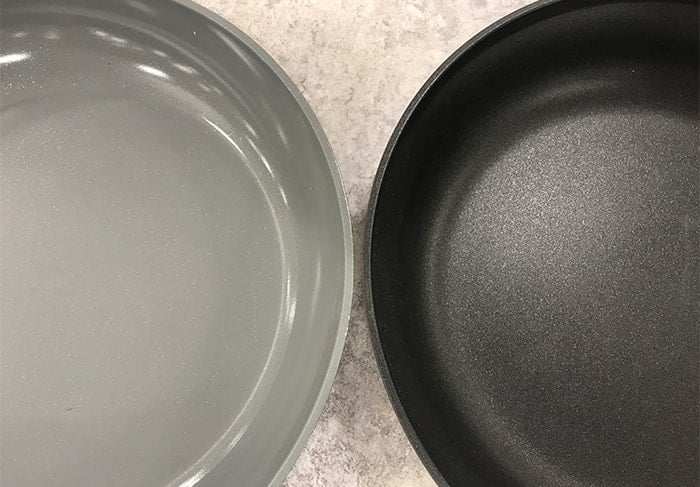
Teflon Coating
Teflon coatings are made from a synthetic polymer called polytetrafluoroethylene (PTFE), which is applied to the rice cooker pot to create a non-stick surface. Teflon coatings are very popular because they make it easy to cook rice without sticking, and are generally more affordable than ceramic coatings.
Pros of Teflon Coating:
Non-stick: Teflon coatings create a non-stick surface that makes it easy to cook rice without sticking.
Affordable: Rice cookers with Teflon coatings are generally more affordable than those with ceramic coatings.
Efficient: Teflon coatings conduct heat very efficiently, so cooking times are usually shorter.
Cons of Teflon Coating:
Health concerns: There are some concerns about the safety of Teflon coatings, as they can release toxic fumes if they are overheated.
Durability: Teflon coatings are not as durable as ceramic coatings and can scratch or peel over time, especially if you use metal utensils.
Special cleaning: Teflon coatings require special care when cleaning, as harsh abrasives or scrubbers can damage the coating.
Environmental concerns: Teflon coatings are made from synthetic materials and can have a negative impact on the environment.
Conclusion
Ceramic vs Teflon coatings for rice cooker inner pots is a matter of personal preference. Both materials have their pros and cons that can affect the quality and performance of your rice cooker.
Ceramic pots are natural, safe, even-cooking, heat-retaining, durable, sturdy, but also expensive, slow-cooking, heavy, fragile.
Teflon pots are synthetic, PFOA-free, fast-cooking, easy-releasing, lightweight, flexible but also prone to scratches, dents chips hot spots heat loss.
If you prioritize safety, durability, and eco-friendliness, a ceramic-coated rice cooker may be the better choice. On the other hand, if you prioritize affordability, convenience, and efficiency, a Teflon-coated rice cooker may be the way to go. In either case, it is important to choose a high-quality rice cooker from a reputable brand to ensure that you get the best possible performance and durability.
We hope this article has helped you understand the differences between ceramic vs Teflon coatings for rice cooker inner pots. Happy cooking!
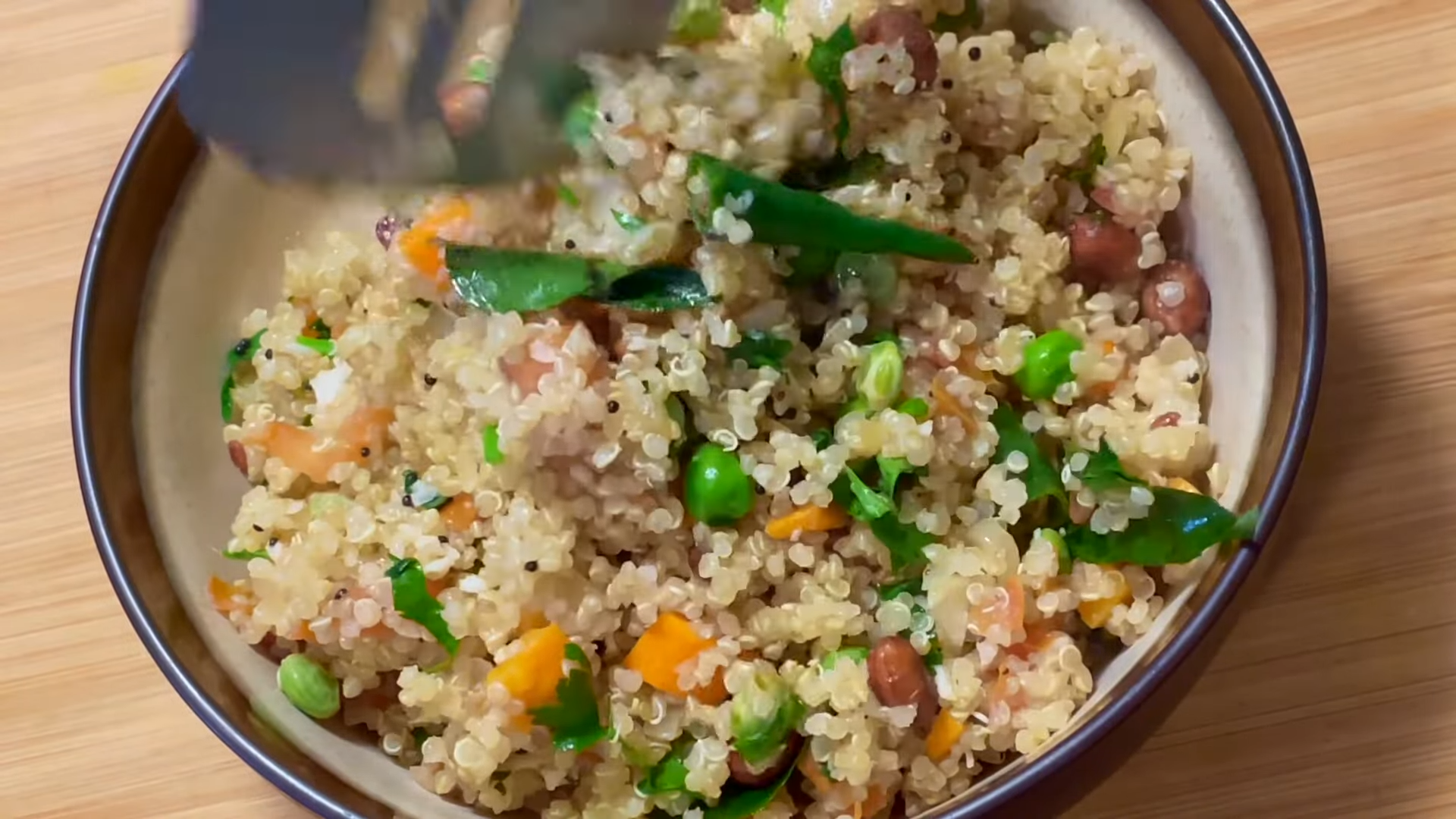
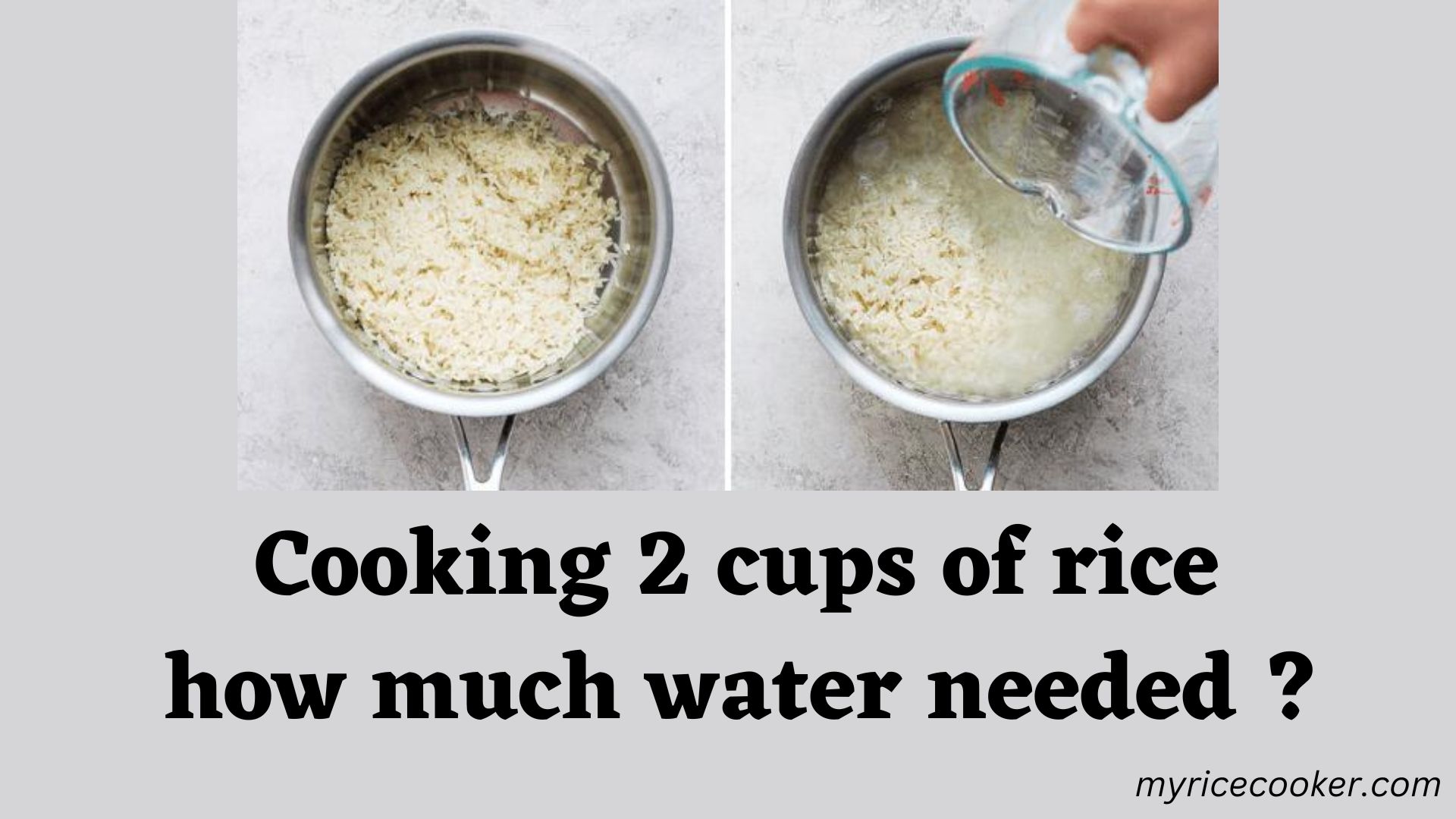
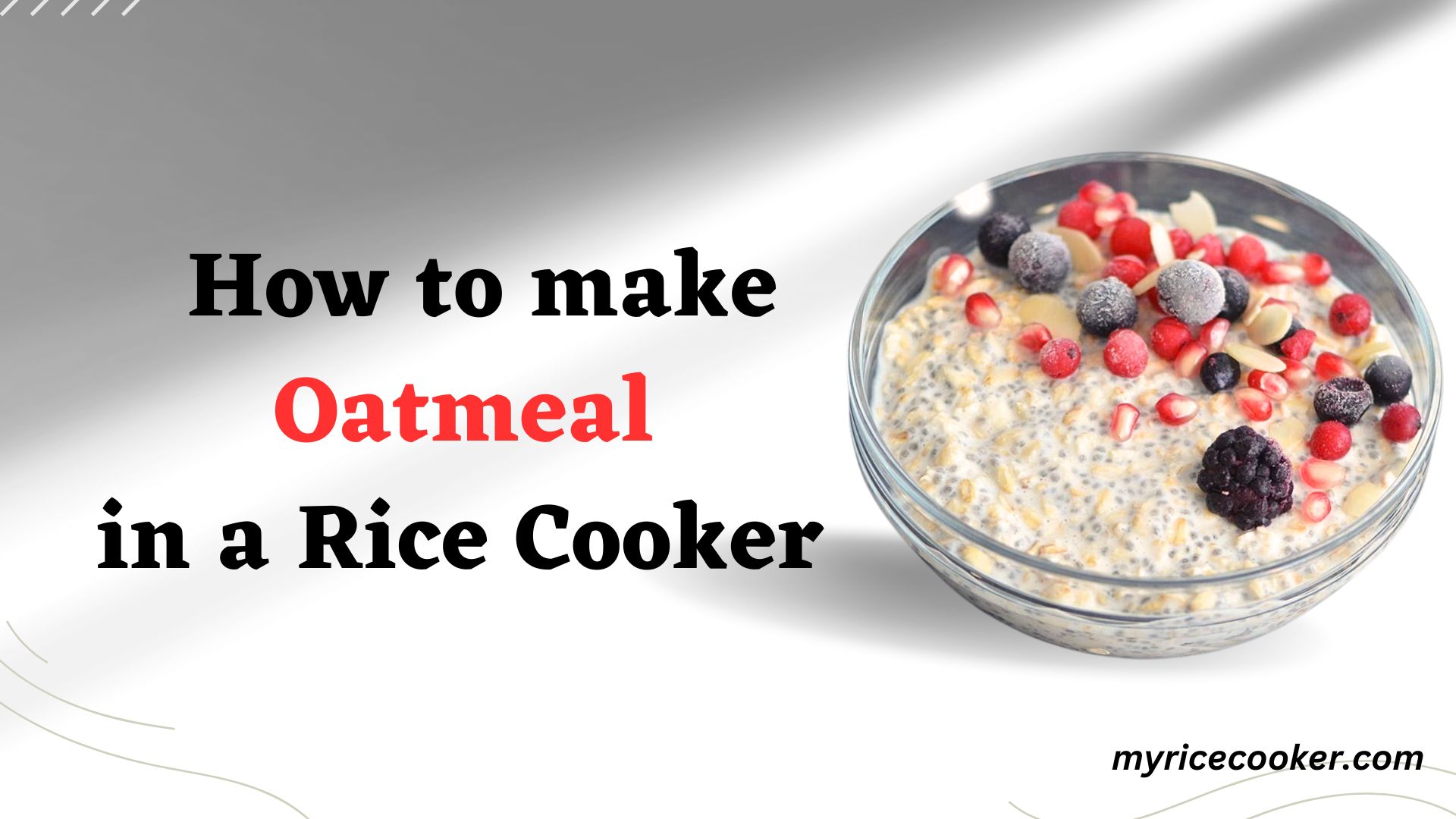
Leave a Reply